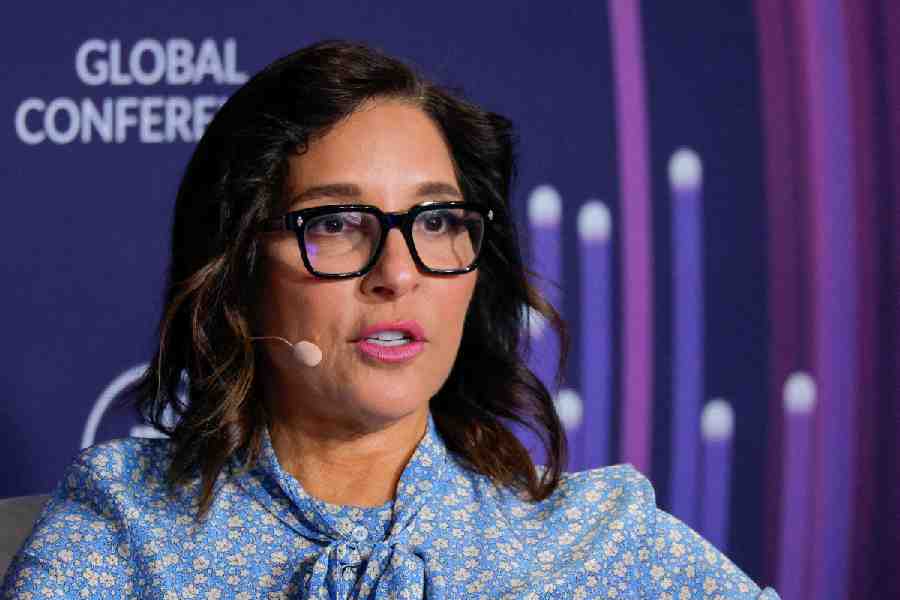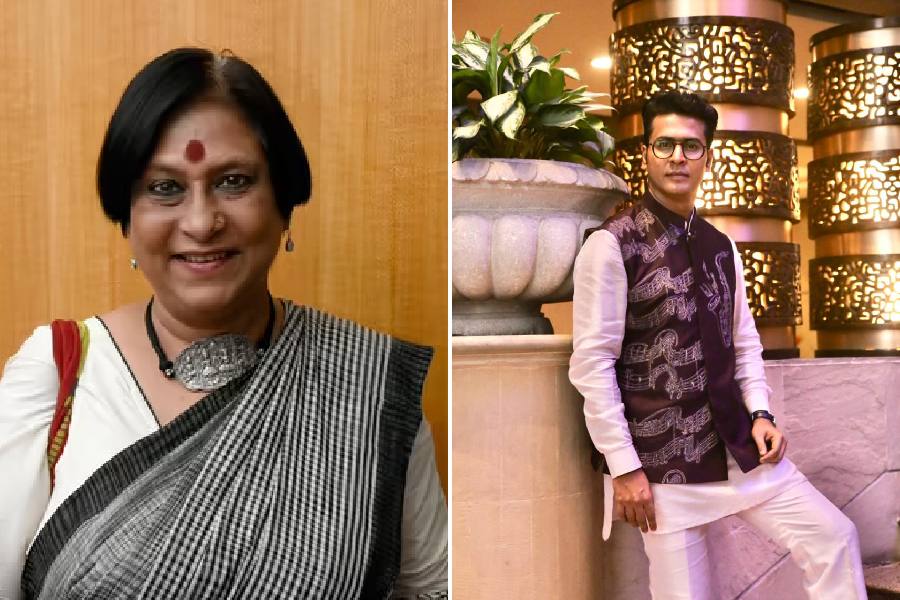|
|
The Russian intelligentsia created a place for itself in public life and became a recognized social category under the Tsarist regime. It consisted of writers and others who wrote and spoke on behalf of the submerged masses, and acted as the conscience of society. It set itself in opposition to the ruling class, although many of its members came from the fringes of that class. It was of course quite distinct from the peasantry and also from the workers who were emerging with the emergence of industry, although it espoused their cause against the established order.
The Bolshevik Revolution sought to wipe out the old social order and its oppressive class structure. It was, in Lenin’s phrase, a revolution of the peasants and workers under the leadership of the working class. As the socialist regime consolidated itself, workers and peasants became, at least in terms of numbers, the two most important components of society. Capitalists and landowners had been eliminated or marginalized with the abolition of private ownership of capital and land. But there was also another component of society, and it began to grow in size and strength. This was the intelligentsia.
Soviet society came to be represented in a distinct way under Stalin. This representation continued after his death, and it was also adopted by other east European regimes. In it, society was shown as being divided into two classes, workers and peasants, and one stratum, the intelligentsia. Peasants and workers were generally described as classes, but sometimes all three components might be described as strata. The intelligentsia, on the other hand, was always described as a stratum and never as a class.
Soviet social theorists were formalists after a fashion. Workers and peasants constituted separate classes, not because they were engaged in different occupations but because they were related differently to the means of production. Workers worked in factories which were owned by the state, whereas peasants worked on farms which were owned generally by collectives. Even after the abolition of private ownership of the means of production there still remained differences in the ownership of the means of production, hence differences of class. Actually, most farms were collective farms or kilkhozes, but there were also state farms or sovkhozes, and those who cultivated the land on the latter were workers and not peasants.
Separate from the distinction according to association with different forms of property was the distinction between manual and mental work. Soviet theory took a very distinctive view of mental or non-manual workers. Whether as administrators, managers, engineers, scientists or doctors, they were members of a stratum, the intelligentsia. They were quite different from their counterparts in capitalist society who belonged to the middle class. There was no middle class in socialist society because there was no private ownership of the means of production, and because employees of the state, whether in manual or non-manual occupations, did not work for private gain.
If in the Soviet Union manual and non-manual workers were both by and large employed in state undertakings, why was a distinction maintained between the workers and the intelligentsia? Why were they not both designated simply as workers? I believe that this was a concession to the reality of occupational differentiation in a rapidly developing economy, although it was given a distinctive ideological colouring. Marx may have subordinated occupational differentiation to the divisions of property, but the occupational structure of industrial societies had changed substantially since his time. Scientists and engineers differed in many important ways from turners and fitters, but they too were important for the development of the Soviet economy.
The makers of the Soviet system had inherited the dogma that the ultimate creator of value was labour, meaning mainly manual work. That dogma made it very difficult to incorporate into the working class people who did not work with their hands. At the same time, scientists, engineers, diplomats, administrators and pen-pushers of a lower order were also needed in the service of the state and the people. The category of the intelligentsia was sufficiently elastic to accommodate mental workers of every conceivable kind. But the intelligentsia had to be a stratum and not a class, for to represent them as a class might awaken misgivings about conflicts of interest between it and the working class. Peasants and workers could be described as classes because their spheres of action were too far apart for such misgivings to arise in a serious way.
What of the present? My understanding is that in Russia and other east European countries, people now talk less and less about the intelligentsia, even as a stratum, than they did in the past. The social structure has changed, and the tone of public discussion has also changed. Many new forms of non-manual employment have emerged. The concept of the intelligentsia might be stretched to accommodate the commissar, but hardly the owner of a small business. Moreover, the old inhibition against talking about the middle class has largely been laid to rest. Russians are now free to talk not only of the middle class but also of the “oligarchs” who bring to mind the robber barons who played such a notable part in the building of capitalism in America.
It is interesting how the idea of the intelligentsia as a distinct social category became established in a particular part of the world. It did not acquire currency in western Europe or north America, where the idea of the intellectual carries a very different connotation from that of the intelligentsia as understood in eastern Europe. It would now appear that the use of the ideas was limited not only to a particular geographical area but also to a particular historical phase. In India, the late Ashok Rudra sought to employ the concept in his analysis of economic and political dominance. But he saw the intelligentsia as a class, in alliance with capitalists and landowners, which, of course, is contrary to the Soviet conception of it as a stratum with no sectional interest of its own.
Russian society is undergoing a process of churning. What is more, there is no organ of state or society that can provide a representation of it, such as the one according to which it was divided into two classes and one stratum, that will be generally considered as authoritative. One can talk freely now about inequalities and conflicts of interest, and one need not push oneself too hard to distinguish between a class and a stratum. But a clear and coherent picture of the changing social order in Russia awaits the emergence of a new generation of social theorists whose task will have to be different from that of its immediate predecessors.












